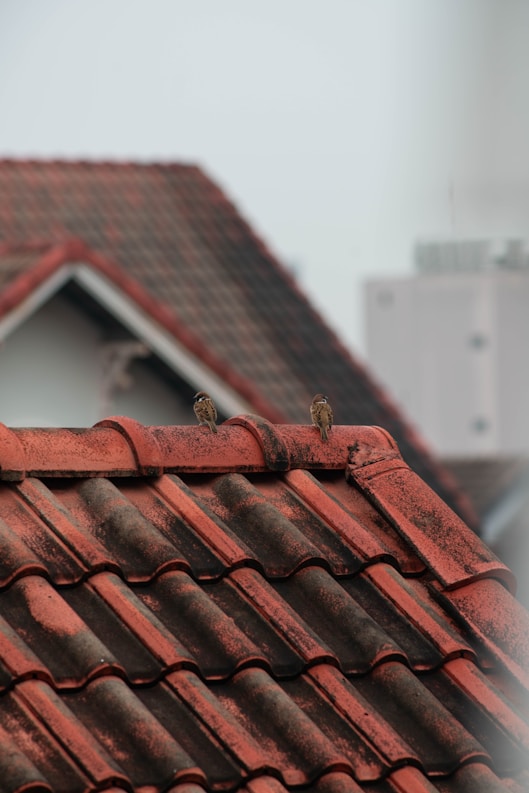
Your roof is your home’s first line of defense against the elements—but it’s easy to forget about it until a problem arises. Like everything else in your home, your roof has a lifespan. Waiting too long to replace it can lead to costly repairs, interior damage, and safety hazards.
So, how do you know when it’s time for a full roof replacement rather than a simple repair?
Here are 5 clear signs that it might be time to replace your roof:
Most roofing materials have a predictable lifespan:
If your roof is nearing or past its expected lifespan, it’s wise to start planning for a replacement—even if there are no visible issues yet.
Why It Matters:
Old roofs are more prone to leaks, poor insulation, and structural weaknesses, even if they look fine from the outside.
Take a look at your roof (from the ground or using binoculars) and check for:
These are signs your shingles are breaking down and no longer protecting your home as they should.
Pro Tip: A few damaged shingles can be repaired, but widespread wear often means full replacement is more cost-effective.
One leak doesn’t necessarily mean you need a new roof, but persistent leaks or water stains on ceilings and walls are red flags.
Why It Matters:
Leaks can damage insulation, cause rot, and weaken your home’s structure. If leaks recur after multiple repairs, the roofing system is likely failing.


